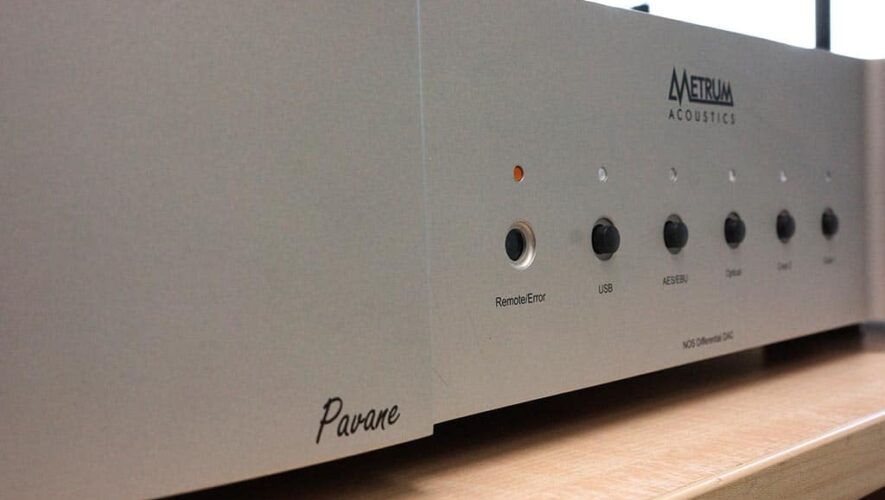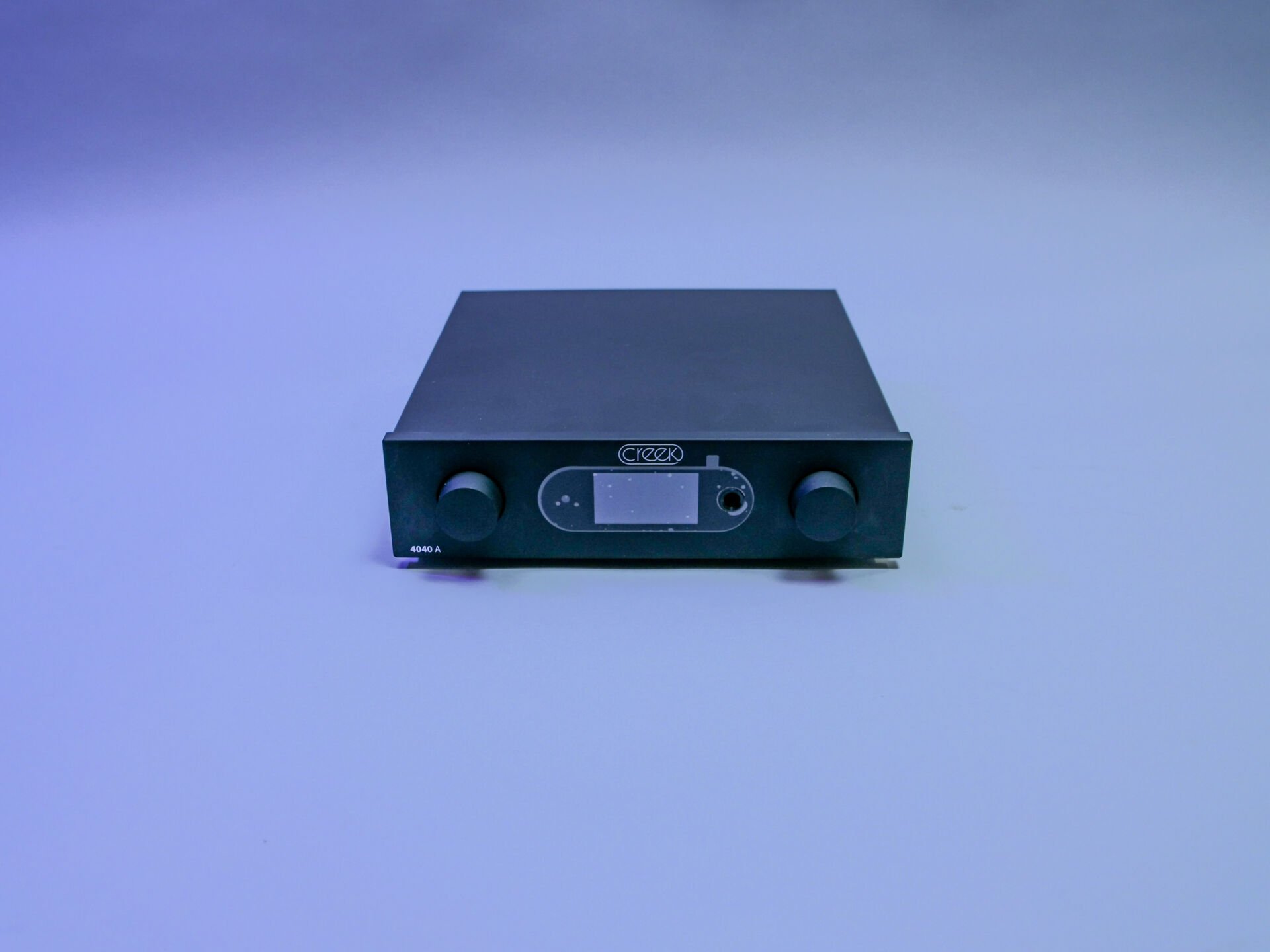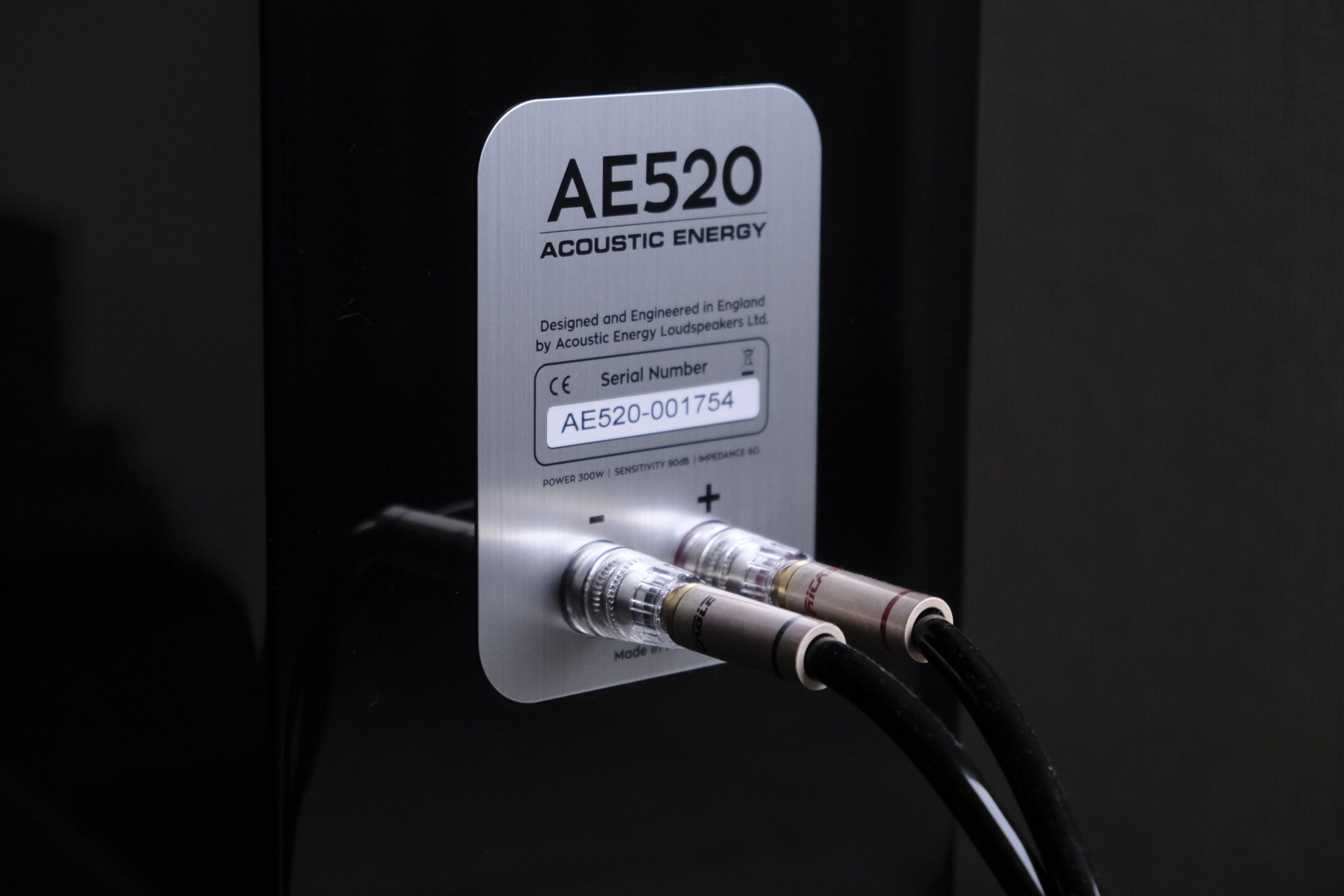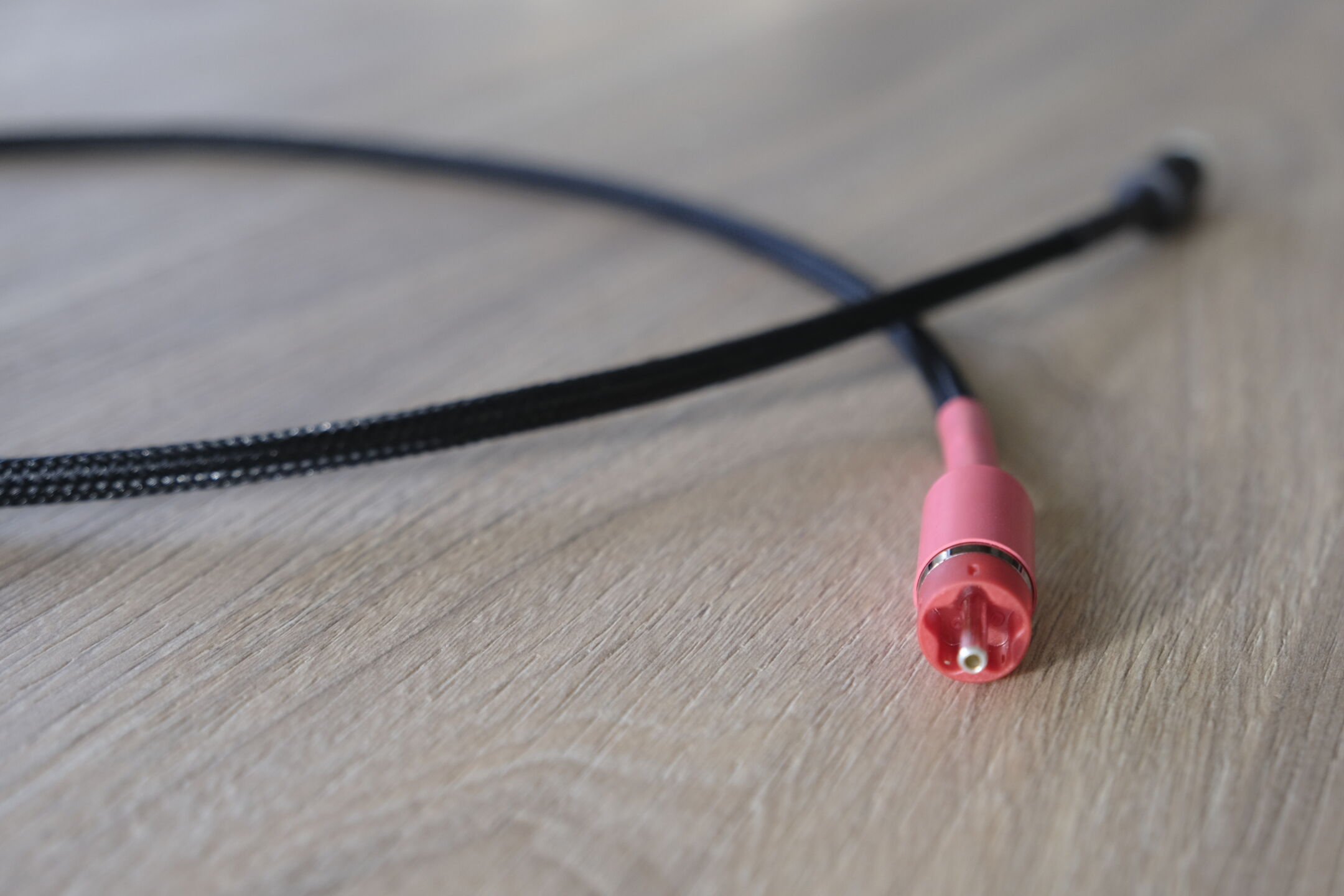

When we first got our hands on a Metrum-dac, we knew it was a special brand. In 2012 it concerned the NOS Mini (Quad). Later – about a year later – we were able to test another Octave MK2 and now it’s the Pavane’s turn. The top-dac of the Dutch Metrum Acoustics. Does Cees Ruijtenberg know how to blow us away again with his NOS concept?
Anyone who sees the Pavane and puts it next to a ‘regular’ Metrum will see that it has a completely different design. Chiquer, bigger and tighter finished. That’s okay, because the model underneath – the HEX – goes for about ? 3300 over the counter. The Pavane just doesn’t move? 5,000 down.
Eight modules
When we slide off the nicely finished glass hood, we see two mono dac modules internally. Each module has four Transient-dac chips. NOS, of course: Non Oversampling. No, the Pavane, like the Quad, Octave and HEX, doesn’t over- or upsample the digital singal. And there is virtually no filtering. Just a 70 kHz filter.
The Pavane is completely balanced in design. Including the two dac modules which thus contain a total of eight chips. That’s less than in the HEX. But each Transistor chip represents about four dac-chips that you can find in the HEX. In short: there are actually four more.
But that’s where the differences don’t stop. The Pavane has a very special design. The Pavane split using a dsp (a custom fpga chip) namely a digital signal in two parts: two times 12 bits. Cluster 1 in the dac gets the first 12 bits and cluster 2 gets the second half of the bits. The other four bits are filled with 0’s. (the dac chips are 16 bit).
The reason Cees Ruijtenberg does this is because of ‘low level resolution’. According to him, Dacs are not good at retrieving low-level information – that’s not entirely linear – which is why Ruijtenberg split the digital signal over two clusters. Now splitting with a custom fpga module is probably already a job, but how does he get it back together again so you can hear the whole picture?
Merging the two signals is simply done in the analog domain. In the analogue domain, the first part running from 0 to -65 dB corresponds with the part running to -144 dB. The louder half is brought back to the correct values before it merges with the softer half. This split ‘joke’ has taken about two years of development.
Complex I/V end stage
Still, after some reading it appears that Ruijtenberg found the I/V (current to voltage) part one of the most difficult jobs of the Pavane. It had to be better than the HEX, which is already very good. The reason that it is difficult in the Pavane is because of the separate, balanced DAC clusters (by data splitting). So there are not two, but four clusters that need to come together. So there should be four I/V-sectors in the Pavane. That’s a lot of electronics. It took almost a year to get it right.
The Pavane-dac
Now that you know a little bit about the special design of the Pavane-dac, it’s time to see what you can do with it. Six buttons can be seen at the front: for each input a push button and at the far right an on and off button. On the back we see the various inputs: spdif, optical, usb (m2Tech OEM) and of course aes/ebu. Analog off goes both balanced and single-ended. We played with both and couldn’t really tell the difference.
The set-up
We tested the Metrum Acoustics Pavane on a set that consists of a Pass Labs XP20 front stage, XA30.5 power amplifier, Tubulus, Art Speak Silver and AudioQuest cables and two speaker sets: Bryston Mini T and Bowers & Wilkins 804D. We were also able to play on a Lentus Live prototype for a short time.
Listen up!
What immediately catches the eye with the Pavane is the grandeur and looseness with which the dac plays. Of course we put the dac next to some other dacs and also compared it to a Bluesound Node as a stand-alone streamer. What is striking is that the Metrum goes a step further when it comes to holography; there is simply more depth in imaging. When we shift gear, it looks like two meters in both height and depth. This is of course an enormous strength, as it brings an extra dimension to experience. Literally and figuratively.
On top of that, the Metrum turns out to be a very strong player from a dynamic point of view. Differences in drums are easy to follow. For example, if you pick up Alanis Morissette Unplugged (not a really nice recording, but a nice album) and start listening to drums, you will hear that the Metrum does this flawlessly. In comparison with the Pavane, for example, Oppo’s HA-1 is on the flat and rough side… especially in the middle and low areas (a bit messy). In addition to the NAD M51, the Metrum also wins with ease in terms of positioning and depth. Well… that makes sense!
On top of that the dac has another striking strength: maintaining peace and quiet in very complex songs. For example, we once set up Jigsaw Falling into Place by Radiohead. A very annoying song because there are a lot of layers in it. Rarely have we heard it so well. Everything gets a place. The peace remains. And then it’s a very impressive piece of this crazy band.
Total picture
What brings a Metrum Acoustics Pavane to the top of the game? First of all it’s a dac with a very special technique. NOS – Non Oversampling – is already special because of the direct conversion of bits without the intervention of oversampling to a multiple of the sampling rate. (or worse: upsampling in which the bits are also tackled).
Cees Ruijtenberg goes one step further by balancing the entire dac and splitting the bitstream in two over different dac-sectors. As a result, Ruijtenberg pulls the performance of the chips to a higher level. The result: a particularly smooth, largest, balanced and detailed reproduction.
Add five inputs, a balanced and a single ended output and you have a beautiful piece of hi-fi (high-end) in your hands.














